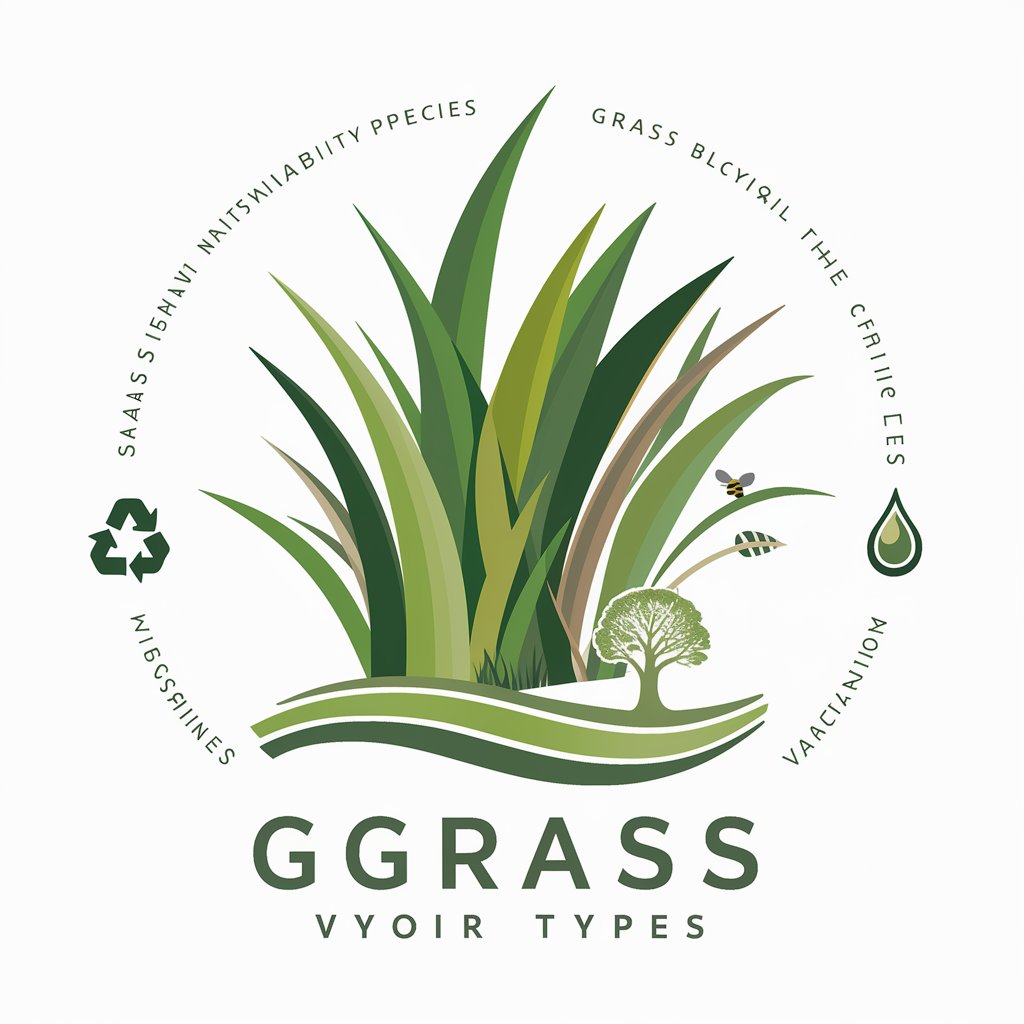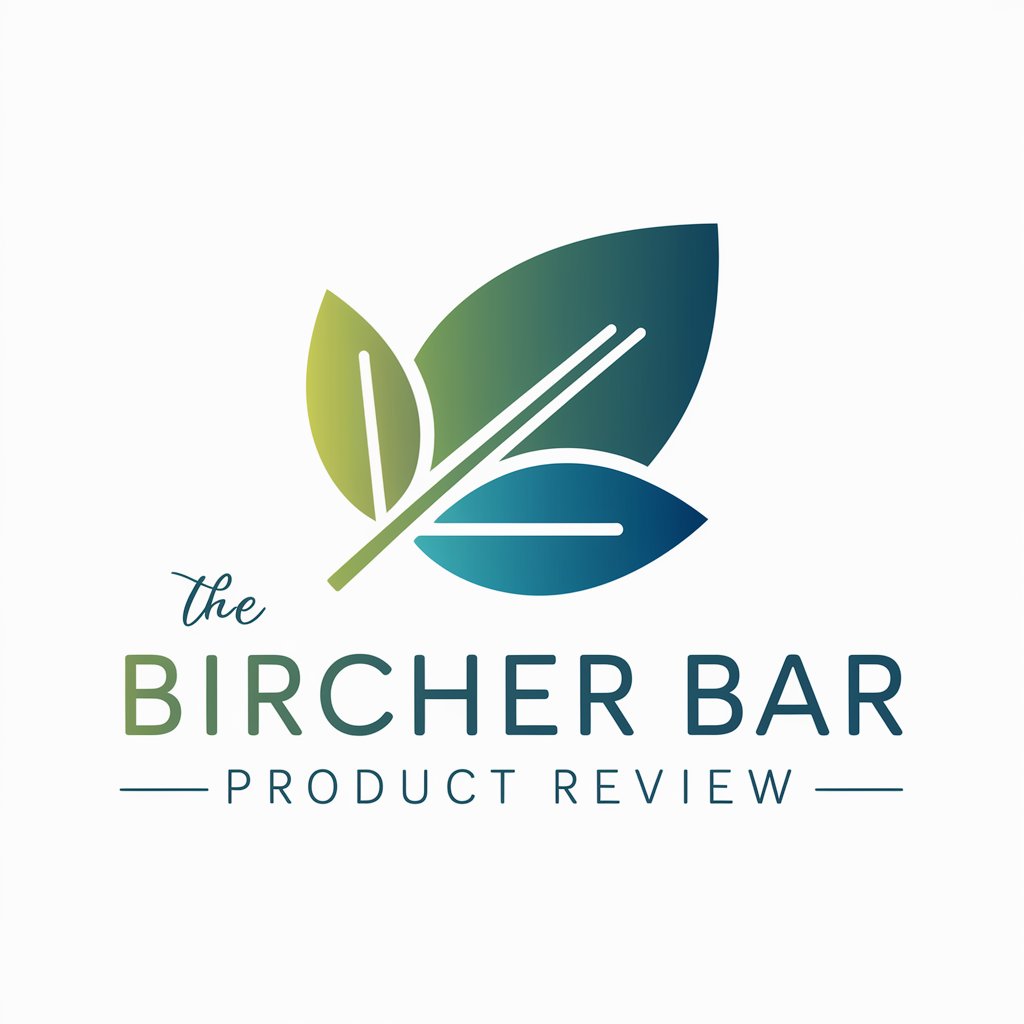Bagels - Expert Bagel Insight

Hello! Let's dive into the delicious world of bagels.
Unleashing the Secrets of Bagels with AI
Can you explain the history of bagels?
What are some popular bagel toppings?
How can I make bagels at home?
What are the differences between New York and Montreal bagels?
Get Embed Code
Introduction to Bagels
Bagels, as a specialized GPT model, is designed to serve as an expert on all things related to bagels, including their history, regional variations, recipes, and pairing suggestions. This model is built to provide users with detailed, accurate, and engaging information about different types of bagels, from traditional to innovative styles, as well as various toppings and combinations that complement them. Beyond offering culinary insights, Bagels aims to be a resource for baking enthusiasts interested in making bagels at home, providing tips, tricks, and techniques to help them achieve the best results. For example, Bagels can guide a user through the process of creating a classic New York-style bagel, explaining the importance of boiling before baking to achieve the perfect chewy texture, or suggest innovative toppings like sriracha-maple cream cheese for a modern twist on the traditional bagel. Powered by ChatGPT-4o。

Main Functions of Bagels
Culinary Education
Example
Explaining the differences between Montreal and New York-style bagels, including their history, ingredients, and baking techniques.
Scenario
A user curious about the regional variations of bagels receives a comprehensive comparison, learning about the honey-water boil unique to Montreal-style bagels and the malt and salted water boil of New York-style bagels.
Recipe Provision
Example
Providing a step-by-step guide for making homemade everything bagels, including dough preparation, shaping, boiling, and baking instructions.
Scenario
A home baker looking to expand their repertoire with authentic bagel recipes receives detailed instructions, ensuring they can create delicious everything bagels with a crispy exterior and chewy interior.
Topping and Pairing Suggestions
Example
Offering creative and classic topping combinations, such as lox and cream cheese for a savory option or almond butter and banana slices for a sweet alternative.
Scenario
A user planning a brunch menu gets inspired to offer a variety of bagel toppings to cater to different tastes, enhancing their meal with both traditional and innovative options.
Baking Tips and Tricks
Example
Sharing insights on achieving the perfect bagel crust through steam baking or the benefits of using high-gluten flour for chewiness.
Scenario
An aspiring baker struggling with homemade bagels receives expert advice on minor adjustments to improve texture and flavor, such as adjusting water temperature or proofing time.
Ideal Users of Bagels Services
Culinary Enthusiasts
Individuals with a passion for cooking and baking who are eager to explore the world of bagels, from traditional recipes to innovative flavor combinations. They benefit from detailed culinary education and creative inspiration.
Home Bakers
Those interested in making bagels at home, ranging from beginners to experienced bakers. They seek practical advice, baking tips, and detailed recipes to enhance their skills and achieve professional-quality results.
Food Historians and Cultural Researchers
Academics or enthusiasts interested in the history and cultural significance of bagels. They value the comprehensive information on regional variations and the evolution of bagel styles over time.
Brunch Hosts and Event Planners
Individuals planning meals for gatherings, who want to offer a range of bagel-based options. They benefit from suggestions on toppings and pairings that cater to various dietary preferences and tastes.

How to Use Bagels: A Step-by-Step Guide
Step 1
Begin by accessing yeschat.ai for a complimentary trial, no sign-in or ChatGPT Plus subscription required.
Step 2
Choose the Bagels model relevant to your inquiry or project, ensuring it aligns with your specific needs for accurate and helpful responses.
Step 3
Input your detailed questions or prompts related to bagels, including history, recipes, or baking tips, for tailored and expert advice.
Step 4
Utilize the feedback or suggestions provided by Bagels to enhance your understanding or to apply in your culinary endeavors.
Step 5
For ongoing inquiries or more complex projects, revisit and interact with Bagels as needed, leveraging the tool’s extensive knowledge base for comprehensive support.
Try other advanced and practical GPTs
Soap
Unlock the Secrets of Effective Cleansing

Clouds
Unlock the Mysteries of the Sky

Gutters
Streamlining Gutter Solutions with AI

Refrigerator
Empowering your cooling choices with AI

Directory
Navigate the world with AI-powered Directory

Stock
Empowering Investment Decisions with AI

Towel
Your AI-powered Towel Expert

Grass
Empowering Green Decisions with AI

The Spiritual Sage
Empowering Your Spiritual Journey with AI

AI Speech Analyzer
Unlocking Speech Insights with AI

Movie Reviews
Explore cinema's vast landscape with AI

Bircher Bar Product Review
Expert Reviews, Powered by AI

Detailed Q&A About Bagels
What are the origins of the bagel?
Bagels trace back to the Jewish communities in Poland in the 16th and 17th centuries, initially as a gift to women in childbirth and rapidly gaining popularity as a versatile and delicious bread product.
How do I make traditional New York-style bagels at home?
To make New York-style bagels, start with a high-gluten flour dough, boil the bagels in water with malt syrup, then bake them at a high temperature. This process gives them their distinctive chewy texture and shiny crust.
What are some innovative bagel toppings I can try?
Beyond traditional cream cheese and lox, consider toppings like avocado and egg, almond butter and banana slices, or a savory combination of goat cheese, fig jam, and arugula for a gourmet twist.
Can you suggest a gluten-free bagel recipe?
For gluten-free bagels, use a blend of gluten-free flours like brown rice, tapioca, and almond flour. Add xanthan gum for elasticity, and follow the traditional bagel-making process for best results.
What's the difference between Montreal and New York-style bagels?
Montreal bagels are smaller, denser, and sweeter than their New York counterparts, often boiled in honey-sweetened water and baked in wood-fired ovens, giving them a distinct flavor and texture.
